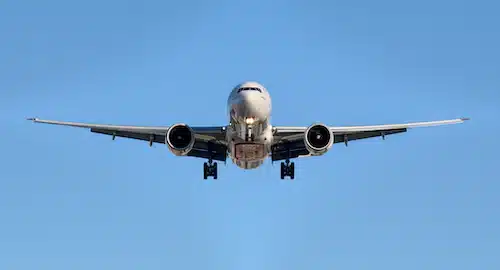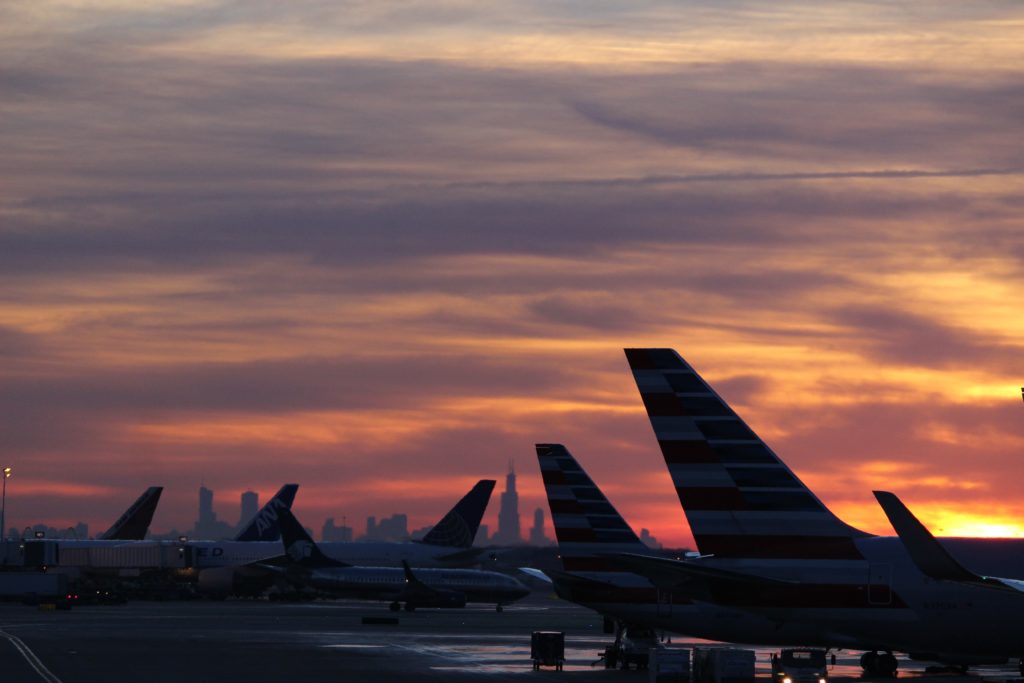
The aviation industry is set to add 45,900 new aircraft – worth a combined $3.3 trillion – over the next 20 years, significantly boosting the industry’s safety and climate friendly credentials.
Aviation analytics firm Cirium’s latest Fleet Forecast might reveal a healthy outlook for the next two decades, but supply chain issues are currently delaying aircraft deliveries with the result being a 5% drop in deliveries between now and 2027.

This rise has been driven by the delivery and operation of single-aisle aircraft (up 13%), with the number of twin-aisle aircraft sitting 3% below pre-pandemic levels. The number of active regional jets also remains 8% down on pre-pandemic levels, with turboprops having seen the largest drop of 13%.
Looking ahead to the next 20 years, Cirium’s Fleet Forecast also reveals that of the 45,900 new aircraft set to be delivered between 2024 and 2043, some 98% will be passenger aircraft, as the firm predicts that capacity will grow at 4.4% per year.
Rob Morris, Head of Consultancy at Cirium Ascend Consultancy, said: “As we continue to enter the next cycle of growth for the aviation industry, our new Fleet Forecast illustrates the continued demand for new aircraft, as airlines look to renew and expand their fleets.
“However, it is clear that supply chain issues and other manufacturing will continue to cause delays for OEMs, leading to uncertain delivery schedules for many airlines, and this has been factored into our forecast.
“With markets like India set for significant growth, it is clear that the next 20 years will be increasingly competitive for manufacturers, with airlines continuing to invest in their fleets.
“The forecast also illustrates the challenge of sustainability and net-zero as fleet growth is balanced with new aircraft efficiency to drive reductions in unit emissions.”




